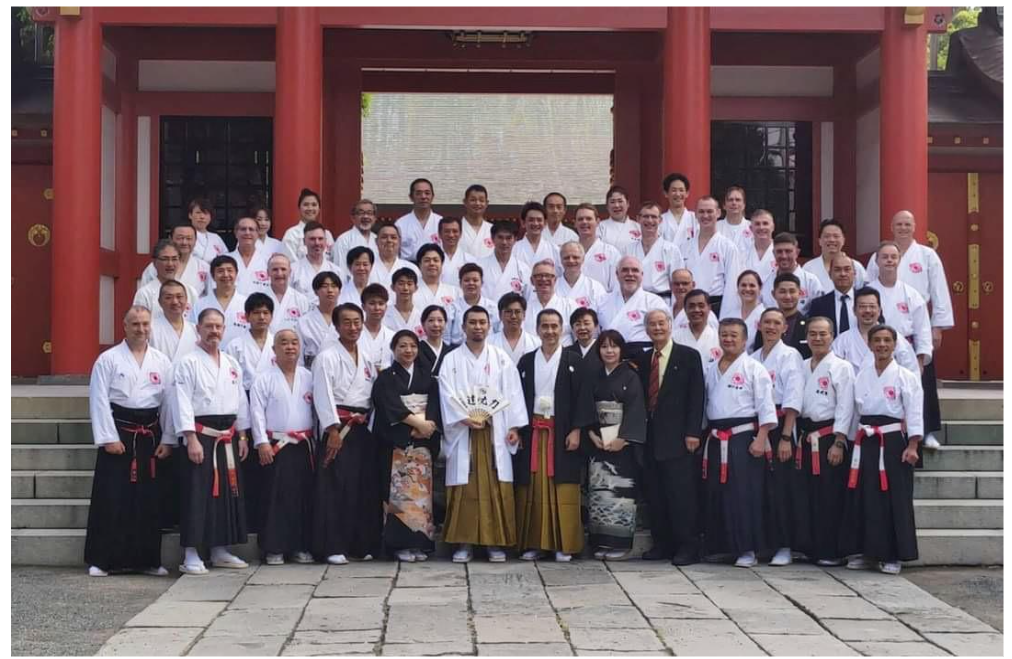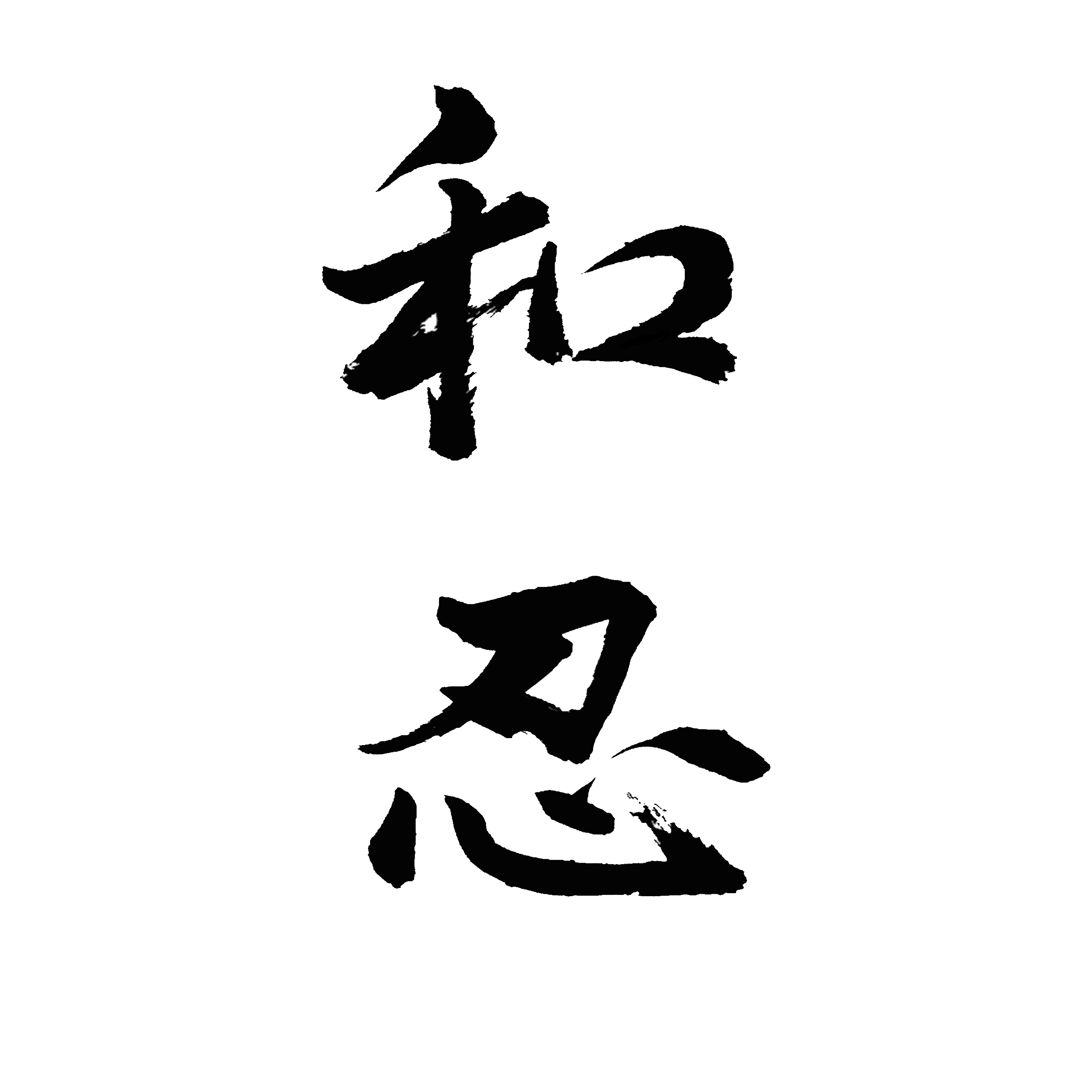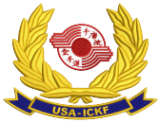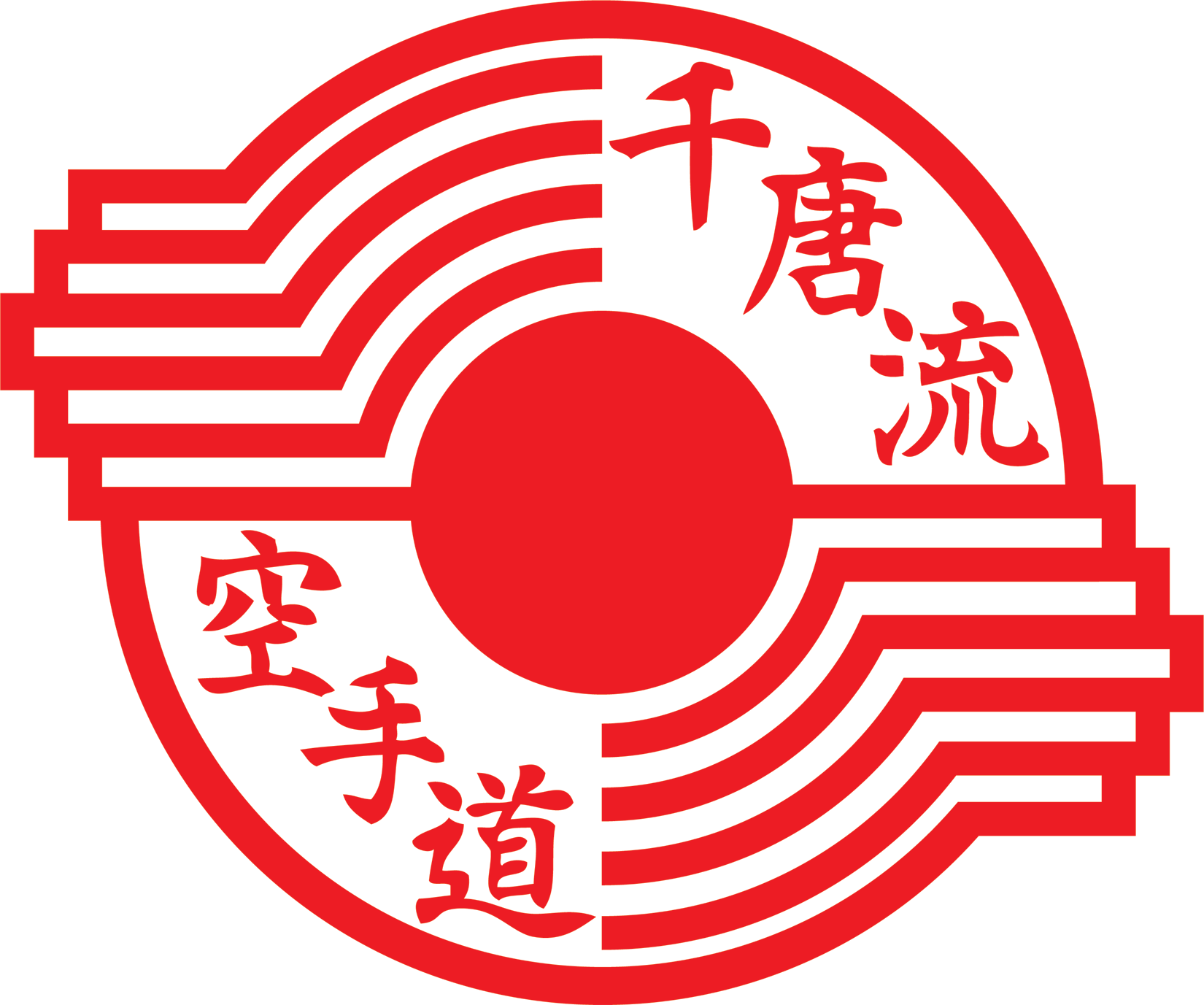
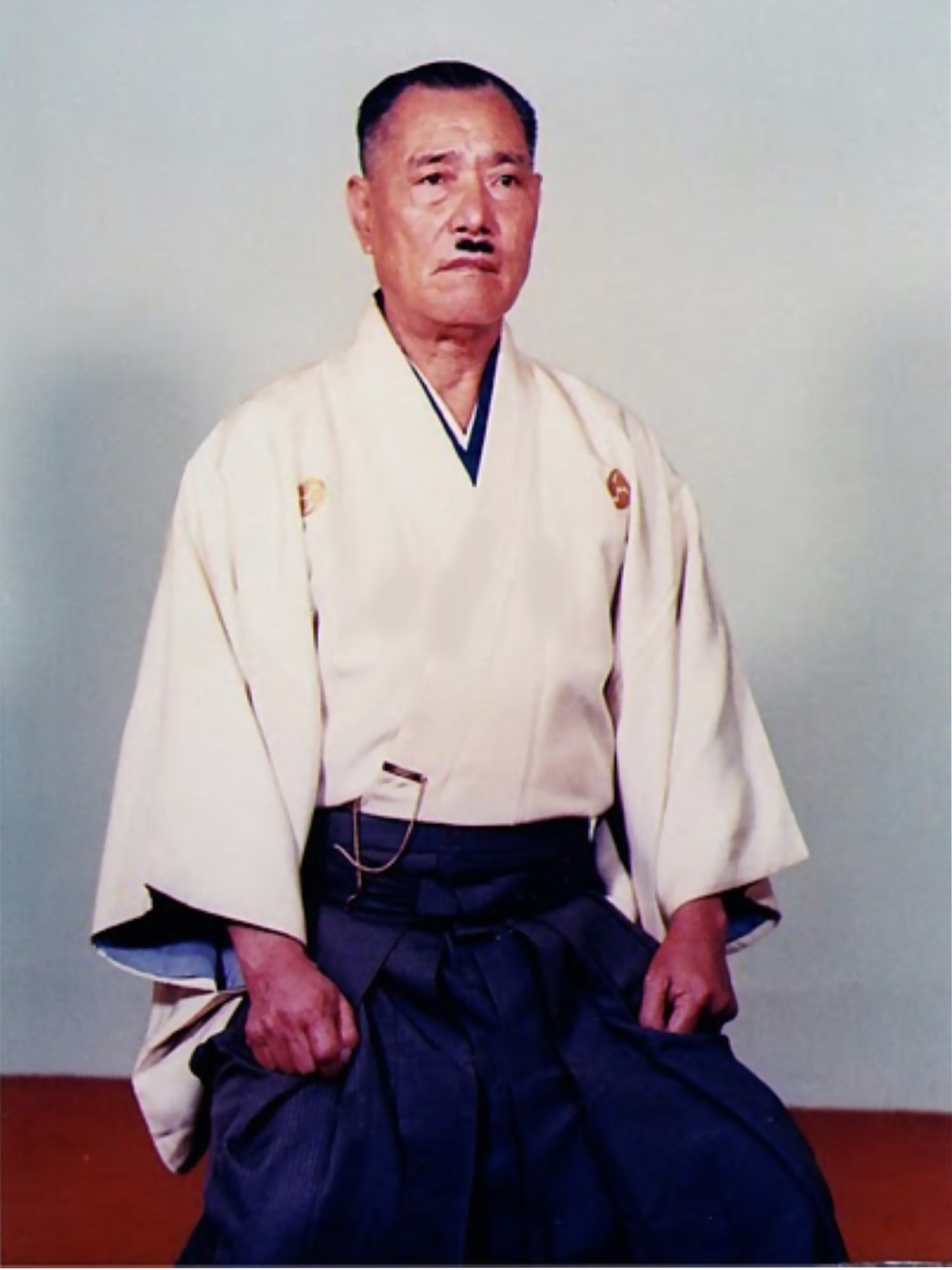
(1898 – 1984)
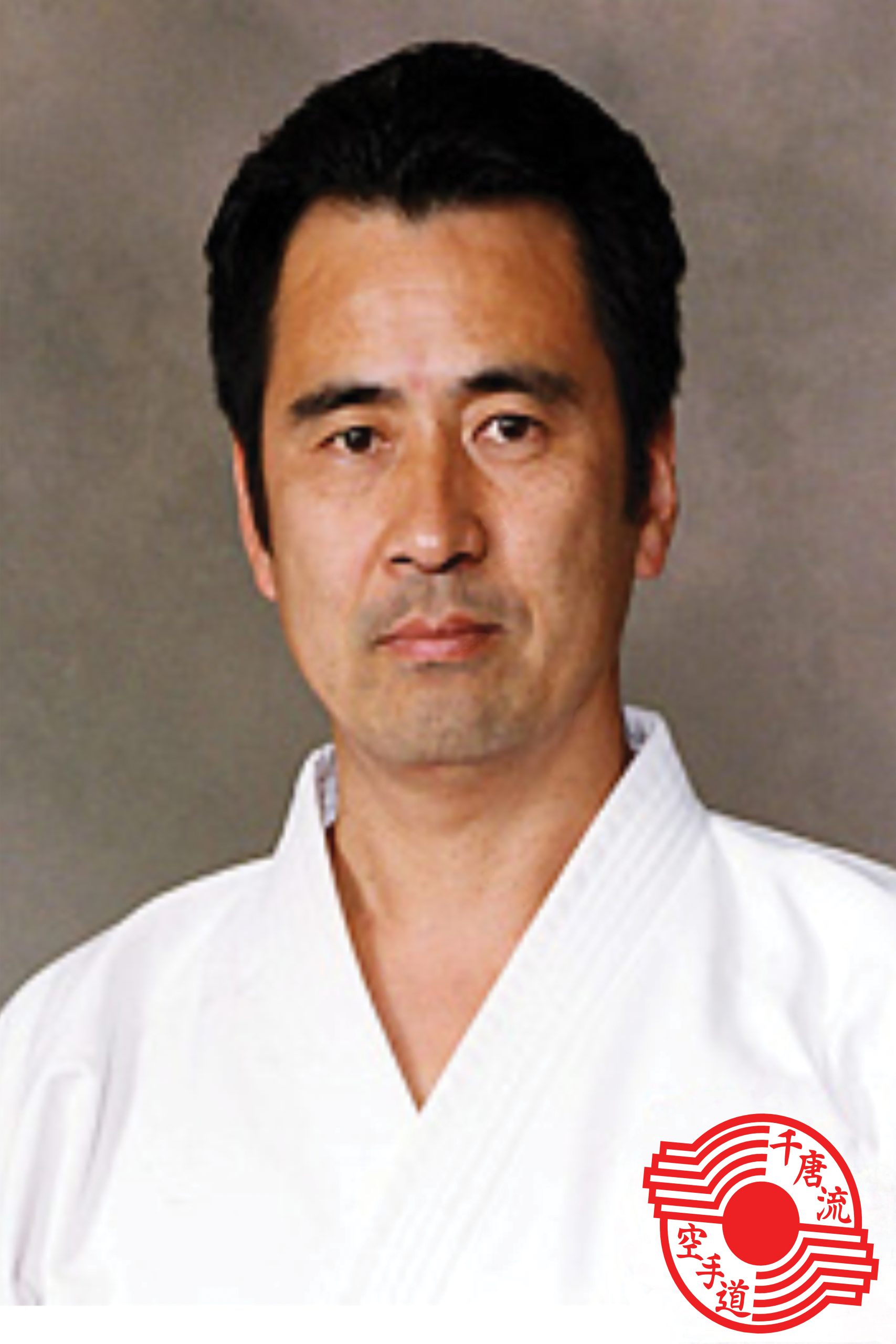
Soke Tsuyoshi Chitose
The history of Chito-Ryu and O’Sensei began many years ago. On October 18, 1898, O’ Sensei was born in Kumochi, Naha City, Okinawa during the 29th year of the Meiji Era in Japan. His birth name was Chinen (Gochoku) Masuo, also known as Chinen Gua. He changed his name later in life to Tsuyoshi Chitose. But for the purposes of this article, continuity, and out of respect, he will be referred to as O’Sensei. O’Sensei’s father’s name was Chinen (Masuo) Chiyoyu.
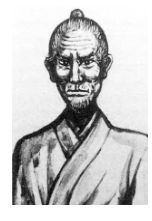
In order to achieve a full understanding, it is worth mentioning the period of time and the dynamics of this era. O’ Sensei Chitose was born into a family lineage of strong Tode (karate) practitioners. O’Sensei’s Chitose great-grandfather, Sokon (Bushi) Matsumura (circa 1797-1889), trained under Tode Sakugawa himself. Sokon (Bushi) Matsumura was considered one of the great karate (Tode) figures of the 19th century. Sokon (Bushi) Matsumura was also considered an expert martial artist at a very young age. Described by Gichin Funakoshi as a sensei with a terrifying presence, Matsumura was never defeated in a duel, though he fought many. It is interesting to note that during his time in Okinawa he had an exchange with and ultimately befriended, a Chinese trader named Chinto. Matsumura Sensei developed a kata from movements he learned and named it “Chinto” in honor of his Chinese teacher. Matsumura was a sensei to Gichin Funakoshi, Yasutsune Itosu and Yasutsune Azato.
An important historical note is that in April 1901, Itosu Sensei introduced karate training to the Shuri Jinjo Elementary School as part of the physical fitness training. During 1905, he introduced karate training into the Prefectural Teachers Training College. Three years later, under his guidance, karate training was introduced into all Okinawan schools.
In 1905, at the age of 7, O’Sensei’s father took him to study under Unchu (Nigaki) Kamade Arikaki (1840-1920). It is important to note that one had to know the right people in order to have the privilege of learning karate (Tode). Interestingly enough, Gichin Funakoshi was also a grade school teacher and happened to be O’Sensei’s Chitose classroom teacher during this time in addition to karate instruction. O’Sensei’s Chitose classmate was Gikko (Yoshitaka) Funakoshi, Gichin Funakoshi’s son. During this era, karate was initiated and became part of the school curriculum. During O’Sensei Chitose time as a young boy, he also had a school friend by the name of Shoshin Nagamine, who later would be the founder of Shorin-ryu. As one can see, early on in life, O’Sensei Chitose was exposed to karate training in several areas; through family, friends, school and through private training.
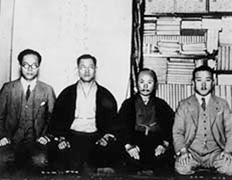
Around 1913, O’ Sensei entered high school and trained with Anko Itosu Sensei (1832-1916). Then in 1918 O’Sensei Chitose spent 2 years enlisted as a member of the Imperial Guard Division. By 1920 he was designated the 6th Head of Tode by Aragaki O. Subsequently, in the year 1921 or 1922, O’Sensei taught at Okinawan Teacher’s College. However, this was short lived as he moved to Tokyo to study medicine and practice and spread karate-do. It was at this time when O’Sensei Chitose changed his name to Tsuyoshi Chitose.
From 1922-1932 O’Sensei Chitose went to college, practiced karate in his spare time, and assisted his old school teacher and sensei, Gichin Funakoshi. In 1931, O’Sensei Chitose assisted a new student at the Takushoku University karate club. His name was Masatoshi Nakayama (1913-1986), who would one day be the head instructor of the Japan Karate Association (Shotokan). During this time, Dr. Chitose also established his medical practice. In 1934, together with Gichin Funakoshi decided to spread karate in the universities in Tokyo and O’Sensei assisted Gichen Funakoshi with the opening of Funakoshi’s Shoto-Kai Yotsuya dojo in Tokyo, as well as college karate classes.
During the war O’Sensei Chitose served in the Army Medical Corps and spent some time in China. While serving in a small village in China, O’Sensei (Dr. Chitose) befriended the local citizens. As a result of his personal and medical assistance to the local population, he came into contact and was trained by an old Chinese Gung-fu teacher.
In 1936, O’Sensei Chitose was present at a meeting of Okinawan karate authorities in Naha, Okinawa. This was the meeting in which the translation “Empty Hand Way” was actually adopted for Karate-do in place of the original todejutsu or “Chinese Hand Method”.
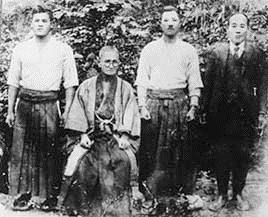

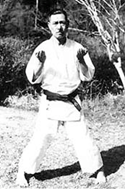
In March of 1946, after World War II, O’Sensei Chitose relocated to Naka Machi, Kikuchi-gun, Kumamoto-ken where he opened a small karate dojo called Yoseikan . In 1948, he organized and became president of the All Japan Karate-do Federation (Zen Nihon Karate-do Renmei) with Gichin Funakoshi, Kenwa Mabuni, Higa Seko, and Toyama Kanken.
During O’ Sensei Chitose’s early years, he studied with a host of noted masters of both the Shorin and Shorei Karate styles. During the later part of his martial arts career, he combined the powerful techniques of Shorei-ryu with the flexibility and speed of Shorin-ryu along with the medical knowledge he attained, to formulate his own style which he called Chito-ryu, named circa 1950. “Chi” refers to 1,000 and “To” is derived from Chinese Tang Dynasty, ultimately meaning, “The thousand year old Chinese (Tang Dynasty) way” and signifying the ultimate origin of Karate as being from China during the Tang era roughly one thousand years ago. Roughly the same time, O’Sensei Chitose was ready to retire from his medical practice and devote all his time and energy to spreading his art.
In 1951, O’Sensei Chitose became a teacher of karate to the U.S. Army stationed in the area and he promoted the art after the war. In 1958, O’Sensei Chitose attained the rank of Juudan (10th degree black belt) from the Zen Okinawa Karate Kobudo Rengo Kai (The All Okinawa Karate and Weaponry Association). Then in 1975, he moved his dojo, Sohonbu (headquarters), to Tsuboi, Kumamoto City, where it is presently located. Between the late 1940’s and his death, O’Sensei Chitose traveled extensively spreading Chito-ryu, visiting Canada and the U.S.A. several times.
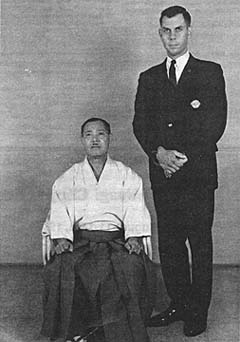
William Dometrich began his Chito-Ryu karate training in Beppu under the watchful eye of Ichiro Shirahama, a student of Tsuyoshi Chitose Sensei. The young soldier had been introduced to karate training from a U. S. Marine who had been stationed in Okinawa. At this time (1952), karate training consumed almost all of his spare time. He requested and received permission from Ichiro Shirahama to travel and meet Chitose Sensei and caught the train to Kumamoto Ken. William Dometrich was accepted as a student by Tsuyoshi Chitose Sensei with the blessing of Shirahama Sensei. After what appeared to be a very short time, he was promoted to Sho-dan. Prior to departing Japan for the U. S., he was promoted to San-dan. Dometrich Sensei returned with his unit to the U. S. in December 1954.
Dometrich Sensei established a small dojo in Northern Kentucky in 1962 with the help of Barbara Dometrich, his wife and the first U.S. female Chito-Ryu black belt. O-Sensei Chitose made a visit to the US in 1967 and requested that a strong Honbu Dojo (headquarters) for Chito-Ryu be established in the United States as well as the development of a good organization. With the support and encouragement of O Sensei, Chitose the United States Chito-Ryu Karate Federation (USCKF) was born and Dometrich Sensei was named Chairman and Chief Instructor. On August 13th, 1994 William Dometrich and United States Chito-Ryu Karate Federation declared its independence from the Japan Chito-kai and the International Chito-kai. William Dometrich, passed away on March 22, 2012. Thank you Dometrich Sensei for all your contribution to the art. RIP.
In 1962 Tsuruoka Sensei organized the first karate tournament in Canada, “The First Canadian Karate Open Championship”. October 19, 1963 – Canadian International Open Karate Championship organized by Masami Tsuruoka at YMHA, Varsity Stadium, Toronto. The 1963 event was so large it was held at Varsity Arena, its venue for many years, attracting competitors from Canada, the United States and Japan.
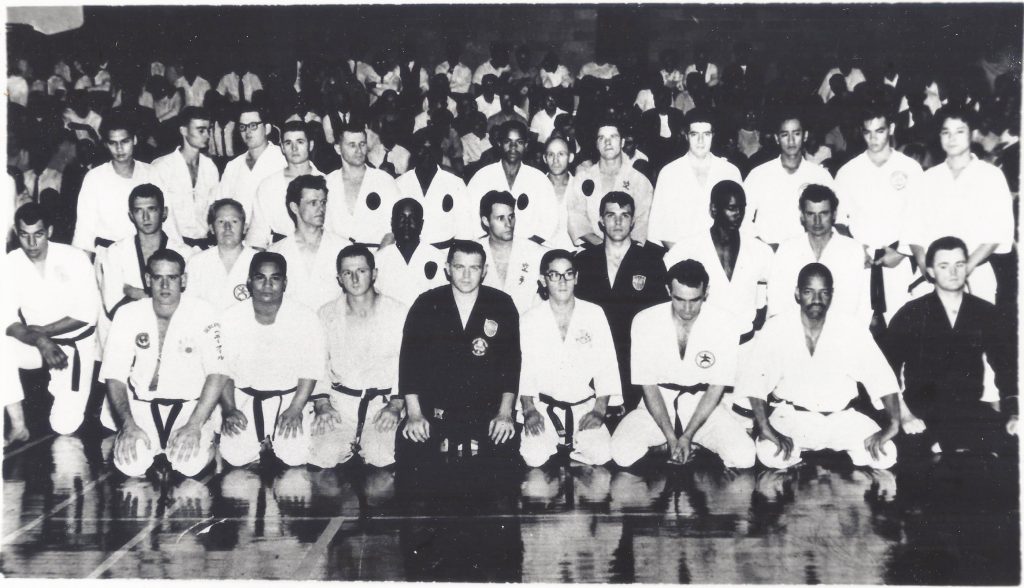
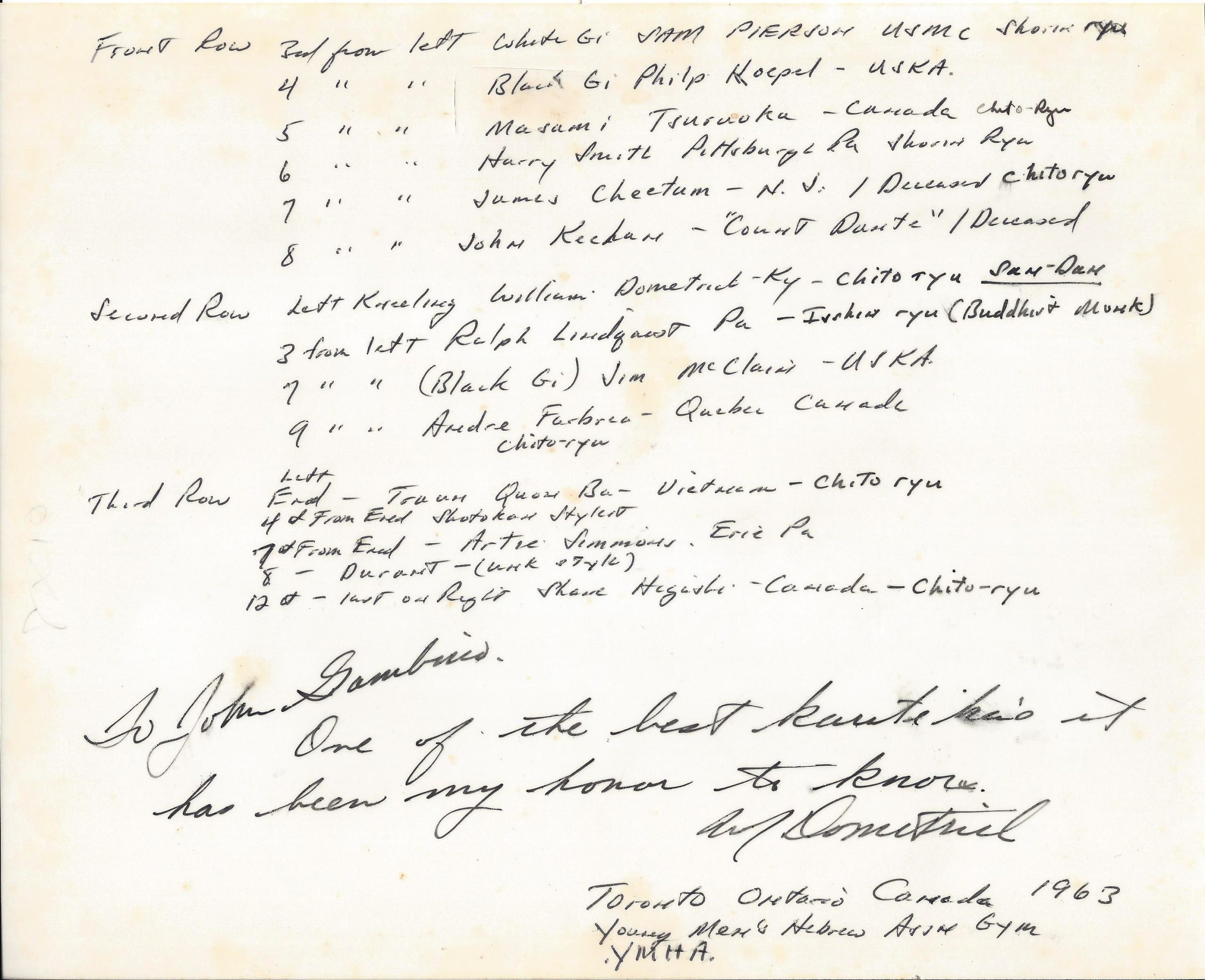

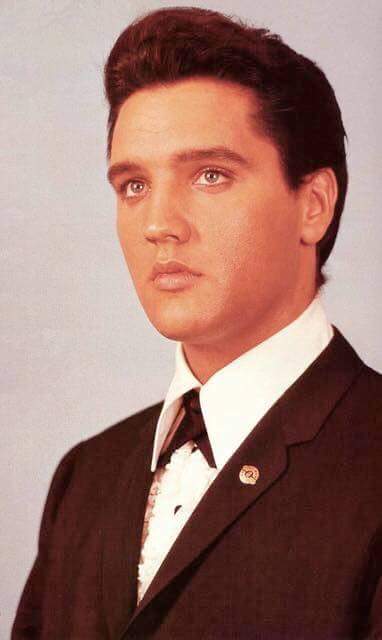
Henry Slemansky with Tsuyoshi Chitose.
Henry Slemansky, a career soldier who was a member of the 1 87th Airborne Regimental Combat Team in Korea and Japan, had a small group he was teaching back on base in the USA. Two well-known students at this time were Dan Inosanto, who in later years would become known for his connections with Bruce Lee, and Elvis Presley, who had started his karate training in Germany under Jurgen Seydel and received his Shodan in 1960 under Slemansky. Slemansky ended up in Vietnam by the mid 60’s and was supposedly killed in a helicopter crash while on duty there. Another to show up during this period, 1956/57 was a student of Slemansky, now a Godan, who settled in Trenton, New Jersey.
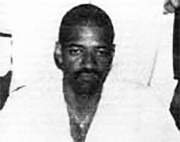
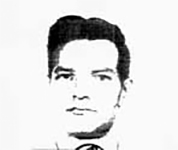
Wallace Reumann & James Cheatham
From this beginning in Trenton, NJ Wallace Reumann would create the American Karate Federation growing to a group of 27 dojo. In the early 60’s Reumann moved out to California settling in the Monterey area. The New Jersey dojo was left in the hands of James Cheatham, a sandan under Reumann, and under this new leadership some top fighters were produced. Some of the students who would walk in the door of the Broad St. Newark, NJ dojo under Cheatham were Karriem Allah who would gain fame through his television fight with Jeff Smith and create his own karate system. Rudy Croswell, later to be a Shito Ryu instructor in the west and Prentiss Newton who attended the 1963 Canadian Championships held in Toronto under Masami Tsuruoka, and almost beat the eventual winner, Shane Higashi. James Cheatham Connections with the Nation of Islam would cause the dojo to be expelled from the AKF organization shortly before Cheatham’s death in a plane crash in 1965.
Another America who would attain senior rank in the years to come under Chitose was beginning his karate career in Japan. Michael Foster began in Goju Ryu under a Mr. Watanabe, reaching nidan in two years. Watanabe Sensei was instrumental in Foster’s meeting his next teacher, Yamamoto Mamoru, one of Chitose’s top students and a tough fighter in Southern Japan. Yamamoto had just won the All-Japan Championships and was in the process of opening his own dojo in Kokura, Kyushu. His years under the guidance of Yamamoto would produce one of the top fighters in the USA in the 60’s. Foster’s skills in kumite would show through in Japan as well, with him winning the 1965 Southern All Japan title and in the USA, he was a kumite champion 1966 through to 1969.
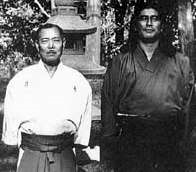
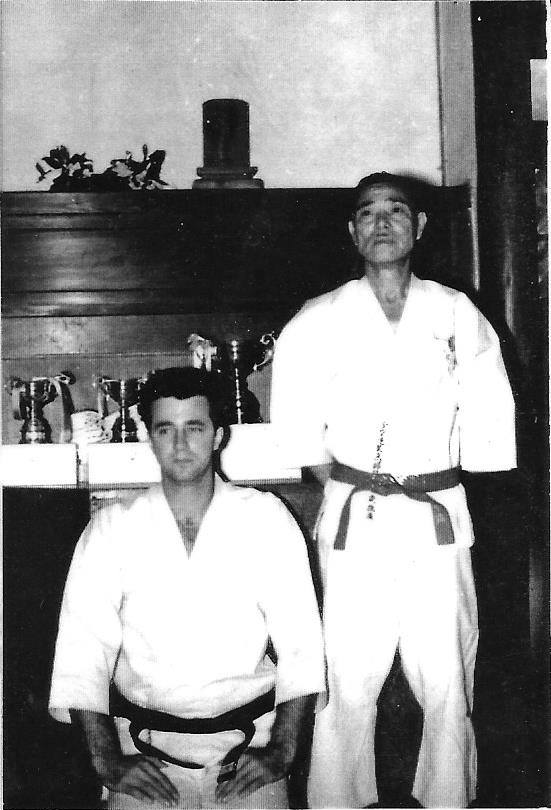
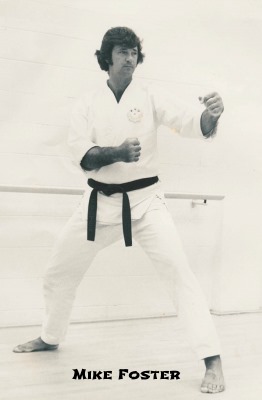

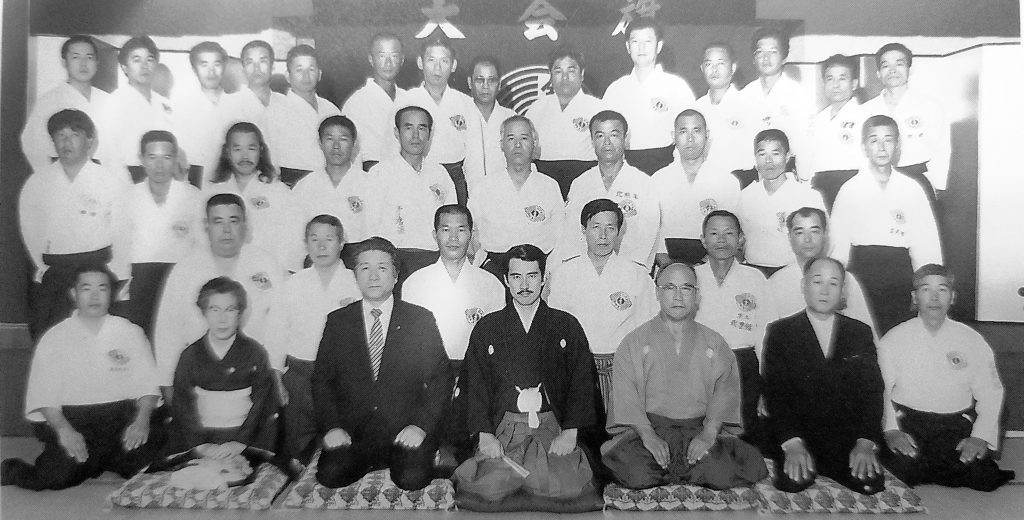
On June 6, 1984, Dr. Tsuyoshi Chitose passed away. At O’Sensei death, his son Yasuhiro Chitose, keeping with traditional Japanese custom, assumed the name of his father, Tsuyoshi Chitose and took on the responsibilities as the new 2nd Soke and head of the International Chito-Ryu Karate Do Foundation, which can be found at the Hombu, Headquarters, Kumamoto, Japan the International Technical Program for Chito-Ryu is directed by 2nd Soke and members of the ICKF Technical Committee. USA-ICKF,Inc is associated with the International Chito-Ryu Karate Federation and recognizes 2nd. Soke as Chito Ryu Karate Do Supreme leader. 2nd Soke has continued the tradition of his fathers karate leading us to the 20th century formulating the, International Chito Ryu Karate Do Federation. 2nd Soke honorably continues the prestigious Soke Cup event, every three years. This brings together practitioners from around the world to compete in good will, fostering a spirit of friendship and cultural exchange. Both Sokes travels throughout all member countries, conducting Chito-Ryu clinics and grading sessions at the request of Countries Honbucho.
As of August 2023, 3rd Generation Soke has been commemorated as Sandaime Soke, the oldest son of 2nd Generation Soke, Naoyuki Chitose continues to lead Chito Ryu Karate Do into the next generation, following all his father traditions and his grandfather way. Sandaime Soke will continue to travel throughout all member countries, conducting Chito-Ryu clinics and grading sessions at the request of Countries Honbucho.
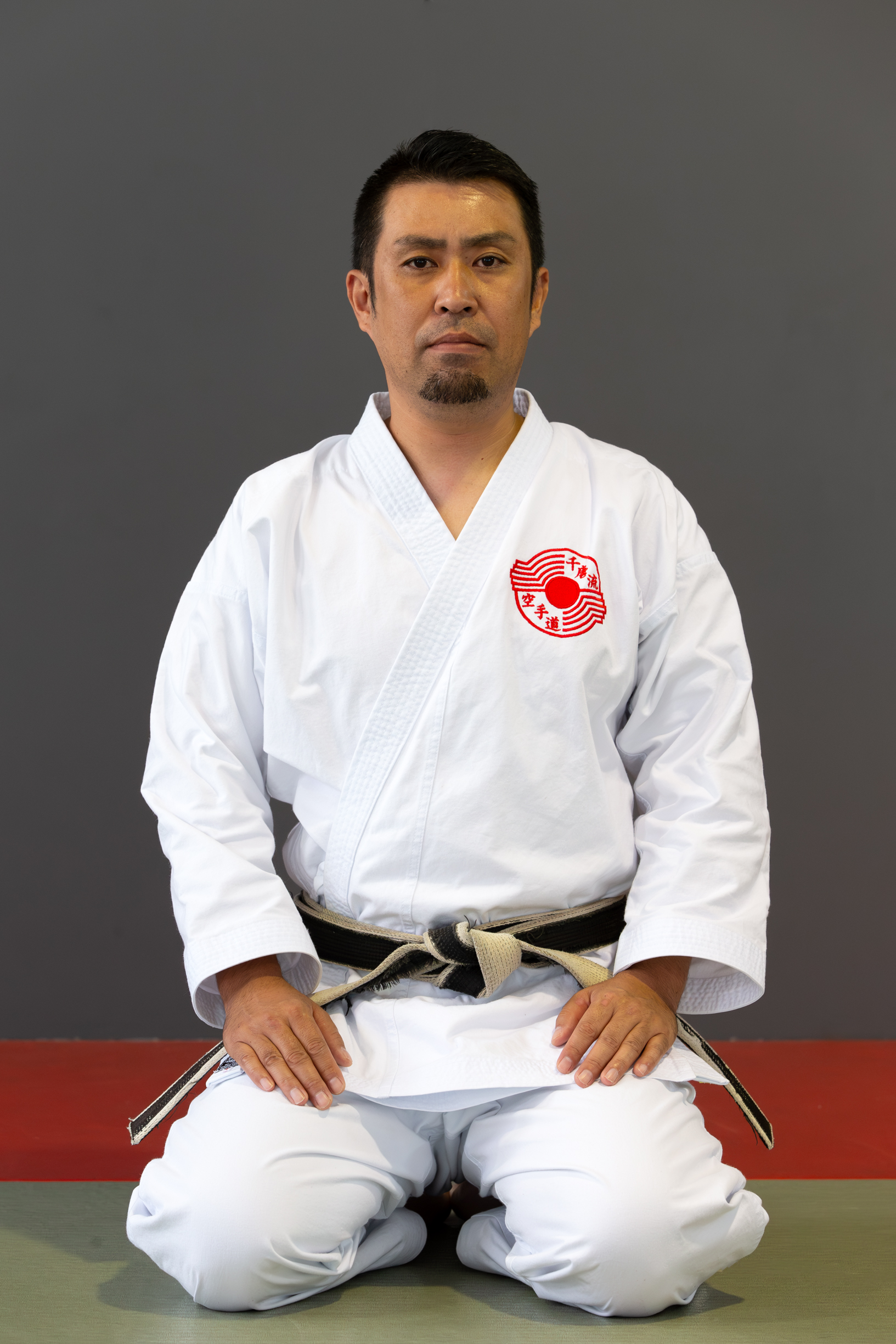
Naoyuki Chitose Soke
